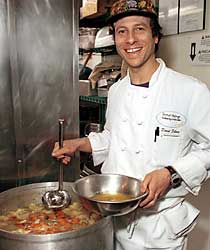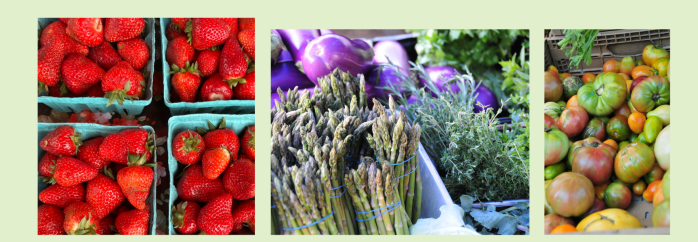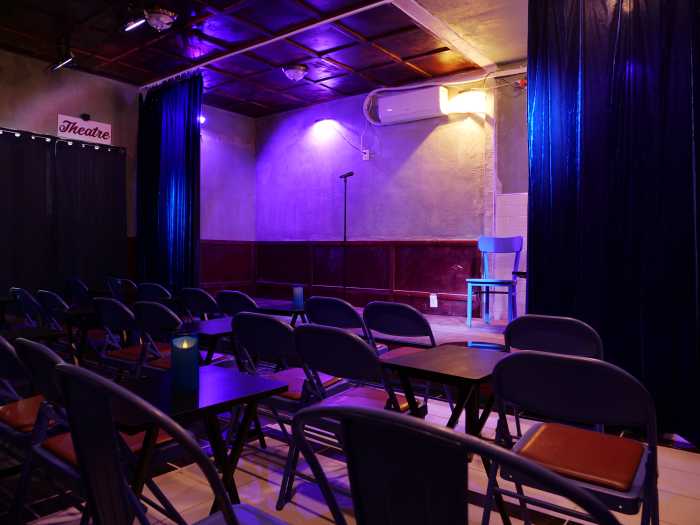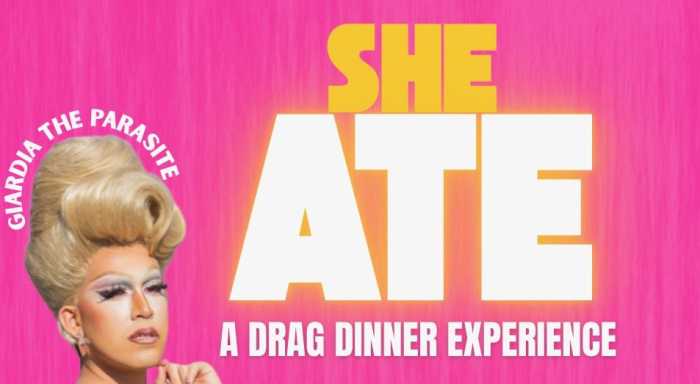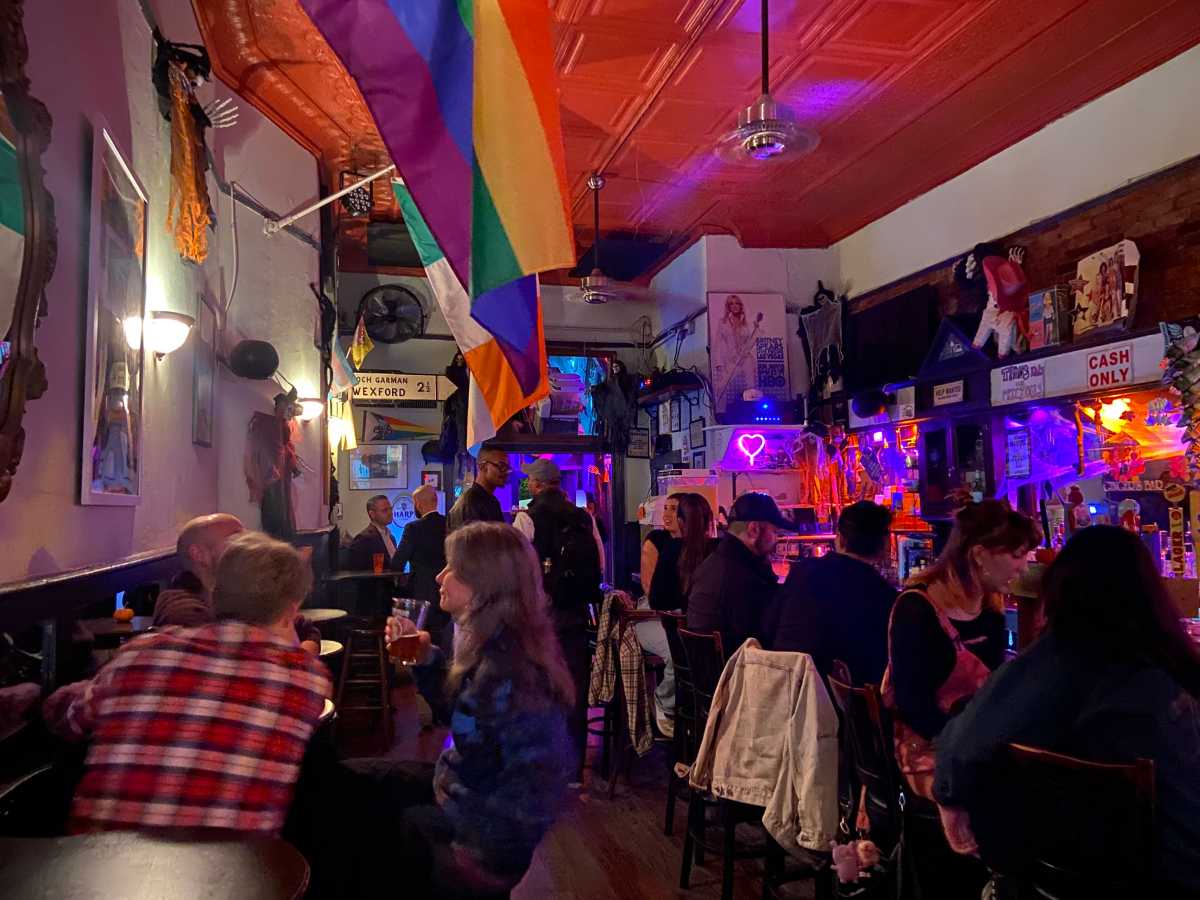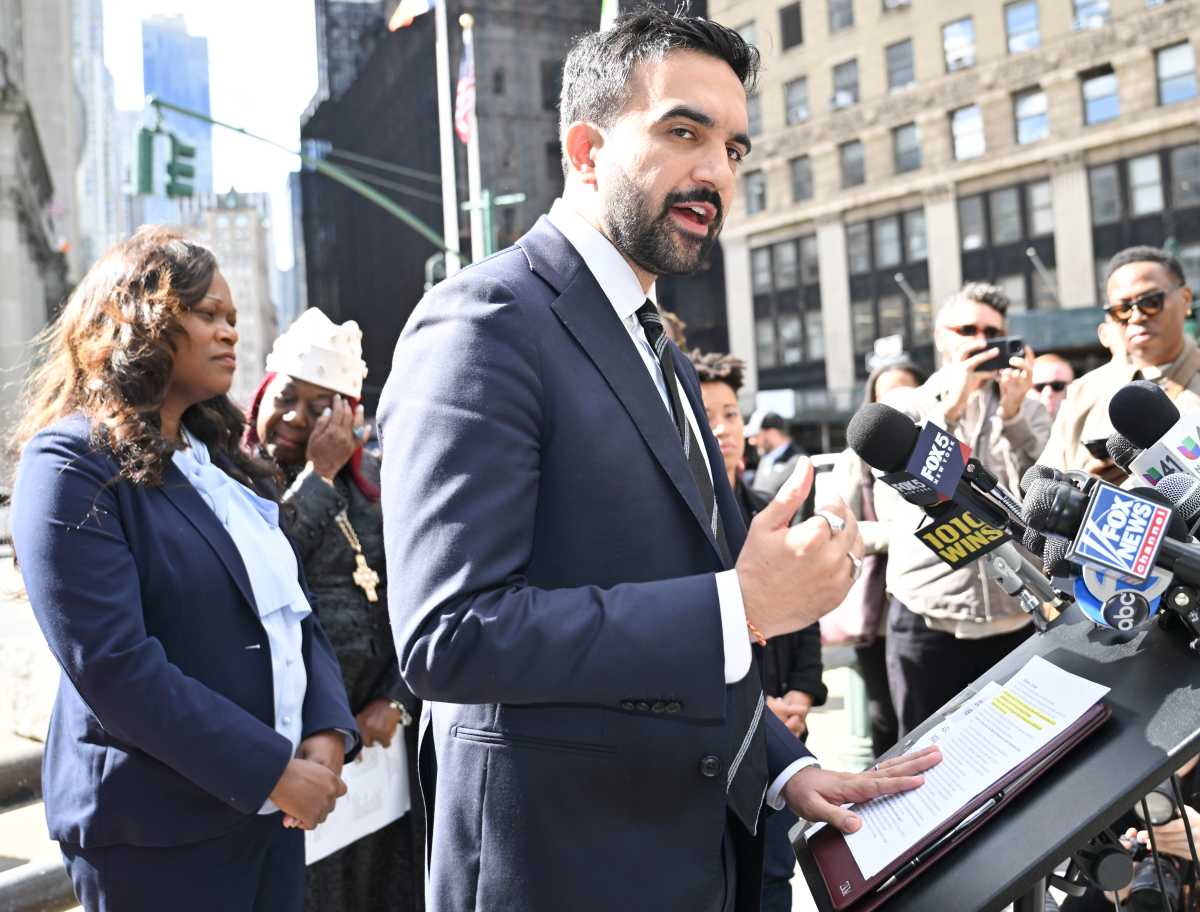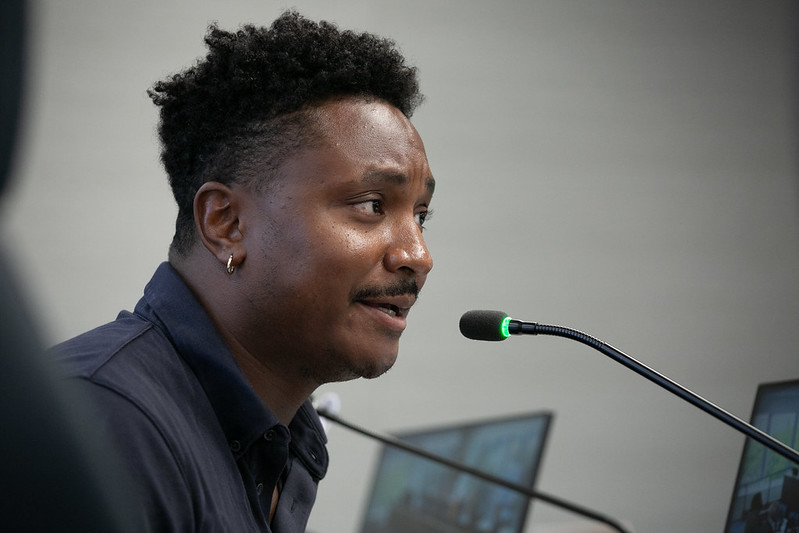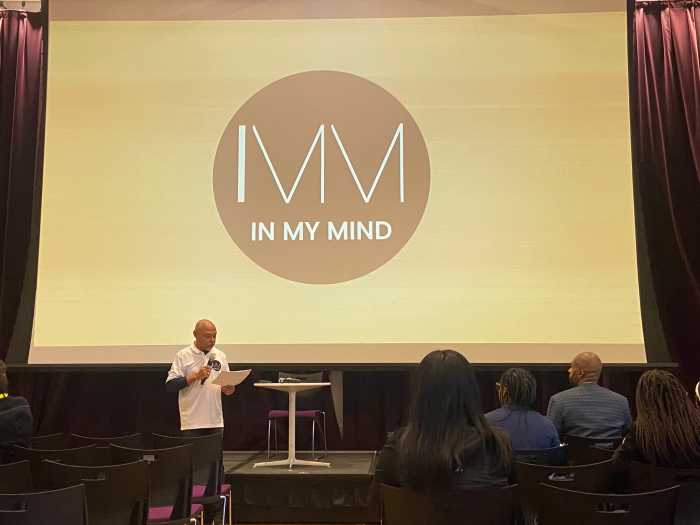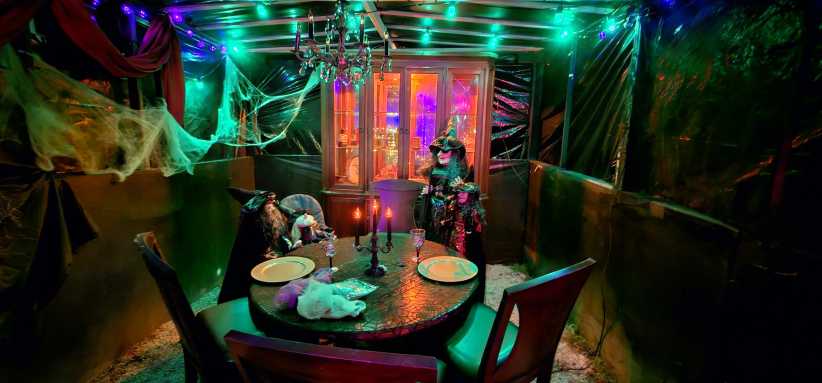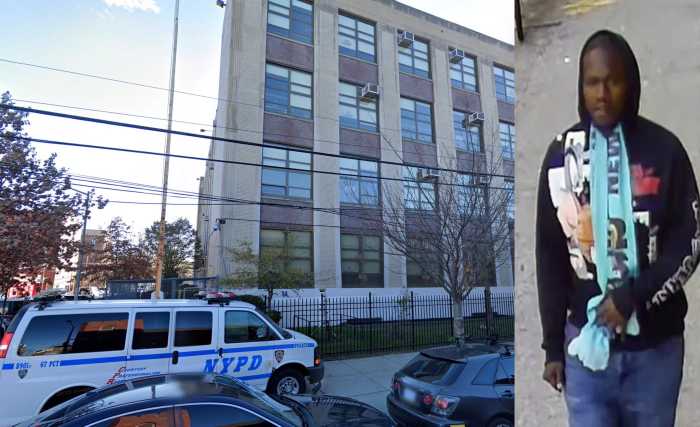The elementary school I attended had few Jewish students.
It was us, the Shaws, the Galperins, the Coopers and three or
four others.
We felt our outsider status strongly during the Christmas season,
when the hallways of the school were festooned with garlands,
every pane in every window had a hand-crafted snowflake and,
shortly before the holiday, each class sang Christmas carols
in a big, end-of-season songfest. Jody Shaw and I were allowed
to make a paper dreidel, write our name on it and thumbtack it
to the bulletin board.
For the "Jewish kids," spring brought newfound popularity.
(Of course, Easter wasn’t forgotten – paper Easter bunnies decorated
the room, eggs were dyed and there was an Easter egg hunt – but,
it was small-time compared to Christmas.) Towards the end of
March or early April, shortly before Passover (Pesach in Hebrew)
we began to bring matzot for lunch instead of bread.
It is traditional to eat matzoh during the eight days of Passover
(only unleavened breads can be eaten for Passover to commemorate
the Israelites flight from slavery in Egypt. There was no time
for bread to rise as they fled into the desert, so dough was
baked quickly in the hot sun and formed into hard crackers, or
matzoh. Anything with yeast is called hametz and is forbidden
during Passover.)
The matzot piqued my classmates’ curiosity. "What are you
eating?" they demanded. Tastes were offered, and everyone
seemed to enjoy them.
We had two Passover Seders, one in our home and one at my Nana’s
house. (Nana was my father’s mother.) In our home, we occasionally
invited a friend from school, usually a Christian friend, as
our Jewish friends were participating in their own Seders. We
loved watching them watch us answer the traditional four questions
that began with "On all other nights," each answer
symbolic of the pain the Jews’ endured at the hands of the Pharaoh
in Egypt and the reward of freedom.
Our friends’ found the Seder plate with the five symbolic foods
to be exotic, and they endured the long reading of the Haggadah,
(a special book that provides the order in which the story of
the Exodus is told. The Haggadah also explains the Passover symbols
and contains prayers and song.) They listened to the four questions
and the reading of the Haggadah, but we all knew they were there
for the food.
My mother and Nana served a traditional, Eastern European Seder
meal. The menu never varied; everything was delicious exactly
as it was. We usually had fresh chopped chicken liver to spread
on matzoh as an hors d’oeuvre before the meal. We started the
meal with gefilte fish (the bottled kind) always served on an
iceberg lettuce leaf with a little horseradish. We loved it;
our Christian friends didn’t.
The gefilte fish was followed by a steaming bowl of matzoh ball
soup. This was the dish that the kids heard about in school:
"Tina’s mother made matzoh ball soup!" My mother is
a matzoh ball soup purist; hers is very simple, just a good,
rich chicken stock and not-too-light matzoh balls. (That’s how
we like them.) No parsley added to the matzoh balls, either.
There were always several side dishes on the table. A potato
kugel, (a potato pudding made with matzoh meal) and Haroseth
(a mixture of apples, nuts, seasonings and sweet red wine) that
symbolizes the mortar used by the Israelites to make bricks as
slaves in Egypt. A tsimmes (a stew of vegetables and fruit) and
dishes with pickles and olives, as well as glass bowls full of
applesauce were added to the mix.
A guest would bring a chicken dish, usually a plain roast chicken,
and my mother would serve her brisket. How to describe it? Slightly
burnt on both sides, then cooked for hours in a rich, oniony
sauce. A few tomatoes added for sweetness. Her brisket was simple
and old fashioned; she did not try anything innovative. And for
me, that’s what holiday eating is all about.
Stuffed, yet happy, the kids left the table to play hide the
afikomen, a piece of the Seder matzoh, symbolically broken off
by the leader of the Seder and set aside to be distributed to
all the Seder participants after the meal as the last thing they
eat for the night. Traditionally, one or more of the children
at the Seder conspire to "steal" it and exact a ransom
for its return. Whoever won received a dollar.
Then we’d peek into the kitchen to see which adult was drinking
the glass of wine set aside for the prophet Elijah (said to visit
every Passover Seder to herald freedom and redemption.)
For dessert, big, addictive macaroons, chewy and sweet, were
served with tea or coffee. A tender, citrusy sponge cake made
with matzoh meal was accompanied by a fruit compote, which ended
the meal.
I wish all a "zissen Pesach," ("a sweet Passover").
I hope your Seders, on March 27 and March 28 this year, are everything
you hoped they would be, and your brisket is just as delicious
as my mother’s.
Where to GO
If you’re pressed for time and can’t cook, or need a dish
or two to round out your Seder, the restaurants below offer takeout
that is almost as delicious as your own.
Kosher
Negev [1211 Avenue J at East 12th Street, (718) 258-8440] in
Midwood, offers a wide range of traditional Passover dishes to
take out. Besides fresh-made gefilte fish and matzoh balls, they
offer kugels, tsimmes, a variety of chicken dishes and stuffed
breast of veal.
Besides gefilte fish and chopped liver, Gourmet on J [1412 Avenue
J at East 13th Street, (718) 338-9181] in Midwood offers stuffed
cabbage (the sweet-and-sour kind), Moroccan eggplant salad and
many more side dishes. Owner Harvey Pearlman managed the famous
Zabar’s in Manhattan for 25 years so the man knows his way around
a kugel. For the Seder main courses there’s brisket, prime rib,
10 different chicken dishes, including fried chicken, several
soups, 14 assorted kugels and a large assortment of cookies and
cakes. A traditional honey loaf and a sponge cake are included
in the dessert roundup. (Cakes are made with potato starch and
are tender and moist.)
Pearlman also owns Garden by the Courts [151 Remsen St. between
Court and Clinton streets, (718) 222-3900] in Brooklyn Heights,
which will be closed for Passover.
Non-Kosher
Second Helpings [448 Ninth St., between Seventh and Eighth avenues.
(718) 965-1925] in Park Slope, has a following of sophisticated
diners who appreciate chef David Silver’s insistence on organic
ingredients and his delicious way with vegetarian dishes. The
restaurant is offering kosher-style dishes to take out or eat
in the restaurant during Passover week. Matzoh ball soup with
either chicken or vegetable broth is $3.95 for a single serving
or $8.50 for a 32-ounce size that serves three. Besides free-range
chopped chicken liver, Silver is offering gefilte fish, Haroseth,
sweet potato and carrot tsimmes and two kinds of organic kugel:
potato or spinach.


